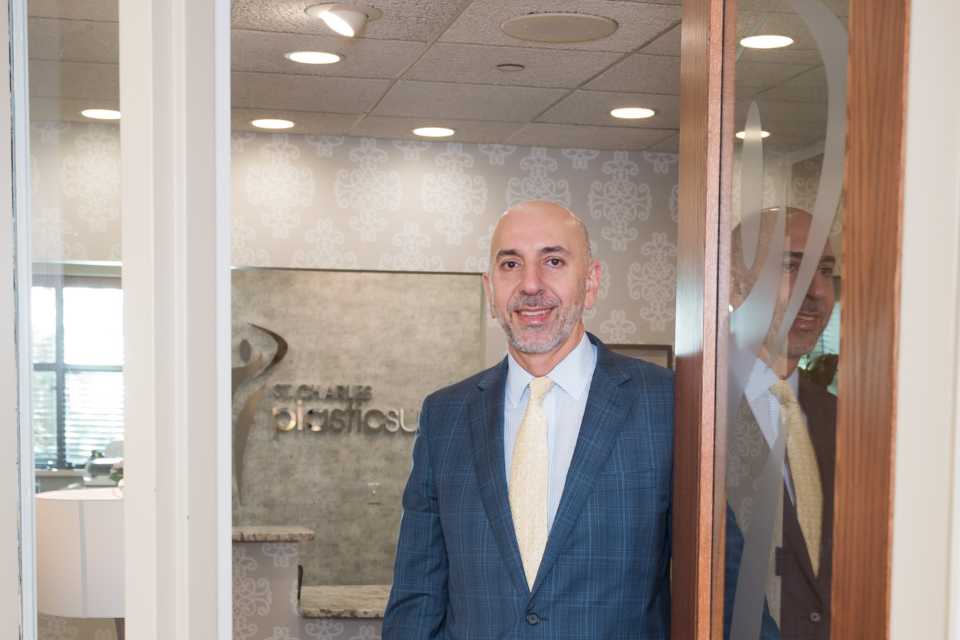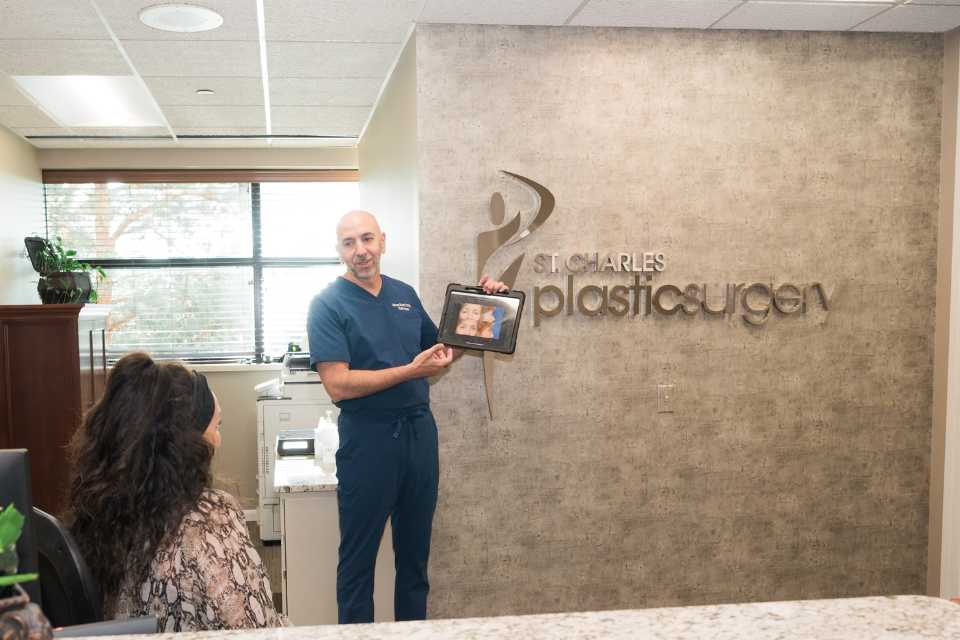Liposuction is one of the five most popular cosmetic procedures in the world, with more than 230,000 people undergoing it every year in the U.S. alone. With that amount of interest, much research and innovation is taking place in the field of liposuction. Advances in liposuction technologies means that the surgeon has to do less moving around, causing less bruising, resulting in faster recovery times.
Liposuction was invented in the 1920s, and procedures at the time were a medical wonder, though they were also rudimentary. The liposuction machines sucked out large portions of fat, creating bruising and prolonging the time needed for recovery. Many refinements over the last century, and particularly since the 1970s, have made the procedure safer, more effective, and in general much more pleasant for the patient.
How Liposuction Works
In its most basic form, liposuction involves the use of a small tube called a cannula that is attached to a suction machine. The cannula is inserted through small incisions in the skin and pushed and pulled vigorously by the surgeon to break down the fat cells, which are then suctioned out. In the past, it was the surgeon’s job to move the cannula around to break up fat cells that could be suctioned off.
Now, new technologies such as vibration-assisted, ultrasound-assisted, or laser-assisted liposuction use these respective methods at the end of the cannula to break up the fat cells more easily. In turn, this means that the surgeon has to do less moving around, and this causes less bruising and a faster recovery time.
A Move Toward Local Anesthesia
Another significant advance that has promoted the safety of the procedure is the ability to perform liposuction under local anesthesia instead of general anesthesia. The choice of which anesthesia to use will depend on the extent of your procedure, the area being liposuctioned, and the quantity of fat that is being removed. Less extensive procedures can use local anesthesia, but doctors still prefer general anesthesia for any more extensive procedures.
General anesthesia is still extremely safe, but statistically, it’s slightly safer to use local anesthesia when possible. Local anesthesia can also allow the patient to leave the recovery area sooner.
Continue your reading with 5 Spots You Never Knew Could Look So Great After Liposuction.
At St. Charles Plastic Surgery, we utilize a number of new technologies to make our liposuction procedures safer, more effective, and more pleasant for our patients. Have a question? Reach out to us today to set up a consultation!




